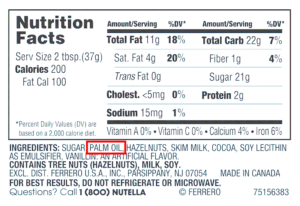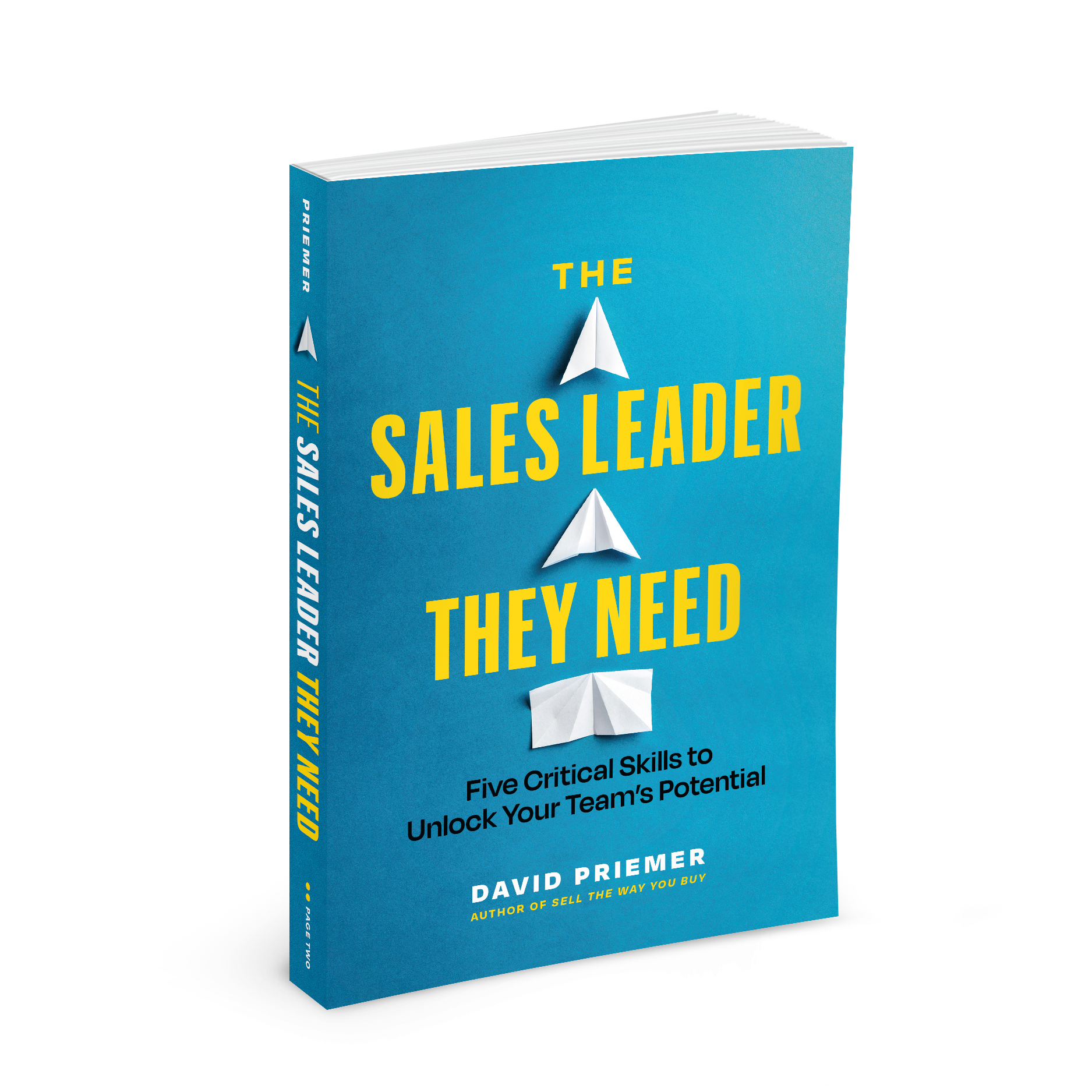Convert Buyers by Unleashing their Hidden Enemies
When it comes to high-impact messages that break through your customer’s armor and motivate them to purchase, the best ones are emotionally-charged. And as I’ve discussed in the past, few types of messages deliver the requisite dose of emotion like polarizing messages do.
Polarizing messages are ones where you cast out features, functions, and even benefits, and instead, lead with the customer’s enemy. The thing that’s causing them pain. The beauty of this approach is that, if the enemy you identify aligns with that of your customers (i.e. it highlights the problem your customer is looking to solve), they will inevitably lean in and want to learn more.
In Sell The Way You Buy, I talk about this concept extensively and provide examples of emotionally-charged enemies that fall into four main categories:
- Old, outdated processes and systems
- Wasted time, money, and resources
- Fear and risk
- Lack of visibility
For example, polarizing messages that fall into the first category might sound something like these:
- People love feedback, but they hate old-school performance reviews.
- Sales leaders want high-value insights into their operations, but they hate having to configure and run reports.
- Men want to dress well, but they hate to shop.
While these messages intentionally do not invoke the features and functions of the products or services they are meant to represent, their purpose is to capture the imagination and interest of the buyer by invoking the specter of the problem and related emotions the customer experiences. The secondary (and sometimes counterintuitive) benefit of this approach is that if your customers don’t see these enemies as being relevant to them, they’ll disengage.
But sometimes your customer won’t always be aware of who or what their enemies are. Or who and what they should be.
This is where sales and marketing teams can create a distinct messaging advantage by leading with those hidden enemies.
Revealing Hidden Enemies
I was reminded of this powerful approach when I saw a commercial for a new type of hazelnut spread. Now, just for a moment, close your eyes and picture what a jar of hazelnut spread looks like. Chances are you pictured this:

Classic Nutella, sold and loved around the world.
Now imagine, you’re a food manufacturing giant, Kraft. You’re thinking, “We sell thousands of food products and have huge brand awareness and market share. We don’t currently compete in the hazelnut spread category but why shouldn’t we?!?”
But there’s a problem.
When customers like you close your eyes and picture what a jar of hazelnut spread looks like, you don’t think Kraft. You think Nutella.
So how did Kraft decide to take on the king of hazelnut spreads? They picked an enemy. One they felt would polarize the market. But instead of picking one of the usual suspects and competing on factors like nutrition value, price, or taste, they dug deeper and invoked a hidden enemy that most consumers have likely been overlooking for years.
Take a look at Kraft’s 15-second ad below.
Kraft is invoking the controversial use of palm oil in Nutella as their enemy. Indeed, Palm oil is the second ingredient in Nutella after sugar.

So is palm oil really that bad? Research from Harvard Medical School reveals that consumers shouldn’t be especially concerned with the health implications of consuming it. Rather the controversy around palm oil lies primarily in the environmental impact of its production. Of course, consumers watching this commercial aren’t likely to question the nature or veracity of Kraft’s argument. Rather, they’re more likely to recall the negative connotation associated with this ingredient the next time they walk down the supermarket aisle and make an emotional decision about which product to choose.
Why Hidden Enemies Transcend Regular Pitches
In the past, I’ve spoken about the importance of selling problems over solutions when it comes to securing the attention of your target buyers (related post: Want to sell someone a band-aid? ‘Cut’ them first). But the power of invoking a hidden enemy goes beyond the emotional reaction to the enemy itself. After all, Kraft could have positioned their competitive product touting that it’s available at half the cost, with a richer taste, or that it comes in three different flavors. One of the key drivers of the emotional response to hidden enemies lies in simply teaching the customer something new!
In the bestselling book Talk Like TED: The 9 Public-Speaking Secrets of the World’s Top Minds, author Carmine Gallo talks about how teaching someone something they didn’t know ignites a spark:
“The human brain loves novelty. An unfamiliar, unusual, or unexpected element in a presentation intrigues the audience, jolts them out of their preconceived notions, and quickly gives them a new way of looking at the world”
While in a TED talk, novelty is used to educate, entertain, and delight, in a sales context, novelty, in the form of a hidden enemy, has three benefits:
- Clarity: it provides your customer with crystal clear clarity around the problem you can help them solve by giving form and substance to the emotional pain the enemy invokes.
- Reciprocity: reciprocity is the practice of responding to a positive gesture, action, or behavior with a similar sentiment. In this case, the incident of micro-learning created by revealing the hidden enemy makes the customer more likely to give you just a little bit more of their attention.
- Credibility: it positions you, your organization, and your product(s) as the de facto solution to solve the problem.
In the hazelnut spread example, Kraft provides clarity by crystalizing your fears around the specific hidden ingredient in Nutella. They’ve also taught you something you’ll likely find valuable, making you feel slightly smarter and generating slightly more affinity to their brand. And while Kraft doesn’t explicitly state what ingredient in their own spread replaces Nutella’s palm oil (it’s sunflower oil by the way!) the very fact that they’re calling it out implies that they’ve taken a different, “higher ground” approach.
Related video: Mastering the 3 Types of Customer Problems – Part 2
Related video: Engage Your Customers with The Ninja Pitch™️ – The One They Never Saw Coming
With so many vendors vying for customers’ attention, many are destined to get lost in a sea-of-sameness. To succeed, sales and marketing organizations need to elevate their message by calling attention to the pain their buyers are experiencing. In this regard, pains that might be hidden and unknown to the buyer can carry extra weight. So the question is, what hidden or unknown enemies are your target customers facing in relation to the product or service you provide?
We promise never to send you junk or share your email! Just helpful sales insights.














Leave a Reply
Want to join the discussion?Feel free to contribute!